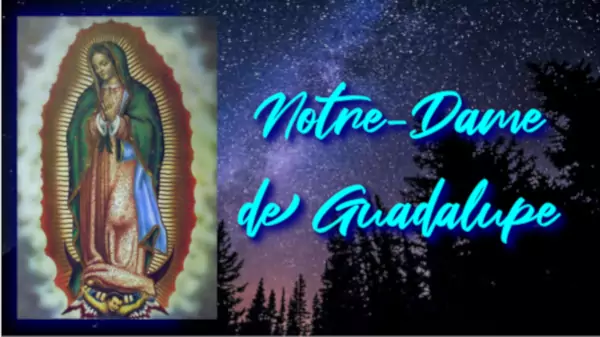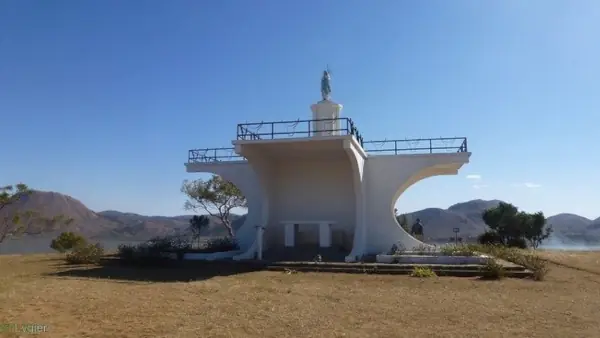December 12 - According to tradition, on December 9, 1531, on Tepeyac Hill, a little north of Mexico City, a young lady "dazzling with light" appears to a recently baptized indigenous Juan Diego Cuauhtlatoatzin.
According to the man, she reveals herself to him as the Virgin Mary and instructs him to ask the bishop to have a church built on the very place of the apparition. The prelate, at first incredulous, asks the witness to obtain a sign from the Virgin Mary. The Virgin Mary was not long in granting it to him. On December 12, showing himself for the fourth and last time to Juan Diego, Mary sent him to pick roses on the top of the hill. The man came down the hill in amazement, his tilma - coat - filled with the most beautiful roses he had ever seen in the middle of winter. Under the Virgin's injunction, he then returns to the bishop's house and opens his mantle in front of the people gathered around the prelate who discover with amazement that an image representing the Virgin, dressed in a starry mantle and a pink dress decorated with flowers, has been miraculously printed on the tilma.
The apparition of the Virgin was transcribed by Antonio Valeriano, a cultivated native who was then teaching at the Franciscan College Santa Cruz de Tlatelolco, in Nahuatl reformed in the Nican mopohua (literally "book that tells"), a text dated between 1540 and 1560 and today recognized as his work. According to tradition, a first oratory was built in the following weeks, and then in 1567, Bishop Alonzo de Montufar had a first church built. Other larger ones would follow, until the construction of the Basilica of Our Lady of Guadalupe in Mexico City in 1976.








